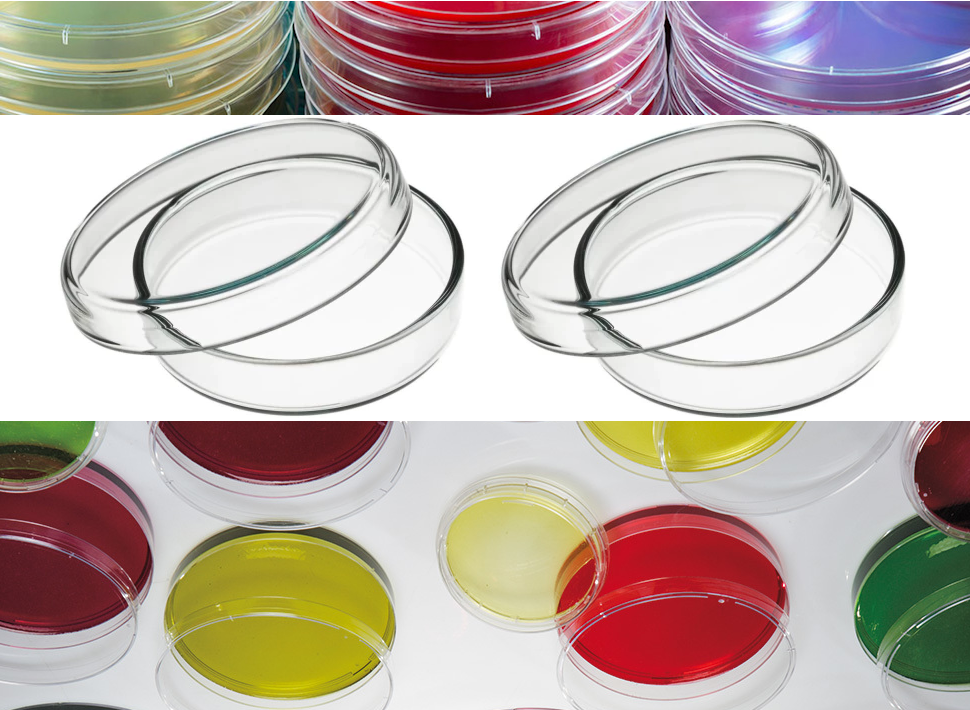Luria-Bertani (LB) broth is the most widely used medium for the growth of bacteria. It is a standard medium for propagation of Escherichia coli. It can also be used when culturing cells for plasmid preparation. LB is a nutrient-rich microbial broth that contains peptides, amino acids, water-soluble vitamins, and carbohydrates. It is also suitable for non-selective cultivation of E. coli strains for cloning, DNA plasmid production and production of recombinant proteins. Also suitable for selective cultivation when appropriate antibiotics are added.
HISTORY OF LB MEDIA
LB is a widely used bacterial culture medium today but it has its origins in the field of bacteriophage genetics. Guiseppi Bertani created the LB recipe while trying to optimize plaque formation on a Shigella indicator strain in 1950s. According to Bertani, LB has been variously misconstrued to stand for “Luria Broth”, “Luria-Bertani” medium, and “Lennox Broth”; however, the acronym originally stood for “Lysogeny Broth”. The agar form of the medium should be designated LA but it is often referred to as LB. Although originally developed for bacteriophage studies and Shigella growth, LB subsequently became the medium of choice for growth of E. coli and other related enteric species.
PURPOSES / USES OF LB MEDIA
LB medium is a rich medium that is commonly used to culture members of the Enterobacteriaceae as well as for coliphage plaque assays. LB and related media are used extensively in recombinant DNA work and other molecular biology procedures. Often an antibiotic is added to the sterilized medium to select for cells that contain a specific genetic element such as a plasmid, a transposon, or a gene disruption via an antibiotic resistance cassette. X-Gal (5-bromo-4- chloro-3-indolyl-beta-D-galactoside) may be added to sterile medium when using the blue-white screen for plasmids bearing the alpha fragment of the beta-galactosidase gene (a-complementation analysis).
IPTG (isopropyl-beta-D-thiogalactopyranoside) is sometimes added to induce expression of genes controlled by the lac promoter. In addition to (or perhaps because of) its prominent position in the molecular biology field, LB has also been used as a general-purpose bacterial culture medium for a variety of facultative organisms. In the undergraduate microbiology teaching labs, LB is sometimes used as the growth surface when attempting to analyze bacterial colony morphology.
RECIPE / COMPONENTS OF LB MEDIA
Many, slightly different recipes for LB exist. LB (broth and agar formulation) is also commercially available in a premixed form.
Standard Recipe or Components for 1 Liter of LB:
Tryptone 10 g
Yeast Extract 5 g
NaCl 10 g
Preparation: Dissolve above components in 1 liter of distilled or deionized water. For LB agar, add agar to a final concentration of 1.5%. Heat the mixture to boiling to dissolve agar and sterilize by autoclaving at 15 psi, from 121-124°C for 15 minutes.
LB VARIATIONS
In some research studies, a diluted version of LB (0.1% LB) has been used to culture environmental microbe isolates. To isolate marine microbes such as Vibrio spp., some researchers have used 30 grams per liter of NaCl. Glucose is sometimes added to a final concentration of 1 to 2 grams per liter of medium. Many recipes call for the use of a concentrated NaOH solution (~1-5 M) to adjust the pH to 7.0 prior to autoclaving.
To maximize growth, especially when a carbon source such as glucose is added, phosphate buffer or Tris-HCl buffer may be added to maintain the pH. If the medium is to be used for bacteriophage growth, a sterile stock solution of CaCl2 is often added to a final concentration of 2.5 x10-3 M after autoclaving. Top agar (0.75 % agar plus the other LB components) is routinely used for plating of bacteriophage. The use of top agar facilitates diffusion of phage particles.
OTHER ADDITIONS AND THEIR PURPOSES
| Chemical | Purpose | Stock Concentration | Working Concentration |
| CaCl2 | Bacteriophage lambda infection | 1 M | 2.5 mM |
| MgCl2 | Bacteriophage P1 infection | 1 M | 20 mM |
| X-gal | Chromogenic substrate for betagalactosidase; screen for recombinant vectors | 2% (w/v) | 0.02-0 |
| IPTG | Nonfermentable lactose analog; induction of lac promoter | 1 M | 0.01-5 |
Source
American Society for microbiology (ASM)
Discover more from Microbiology Class
Subscribe to get the latest posts sent to your email.





